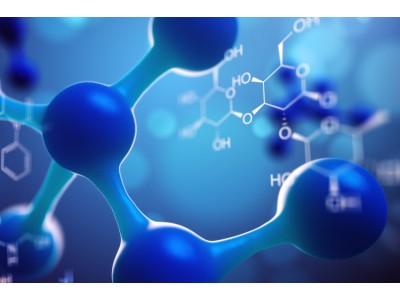| Description | Dihydroergocristine mesylate (DHEC (mesylate))(DHEC mesylate) is the methanesulfonic acid salt of dihydroergocristine. It has been used as the for the symptomatic treatment of mental deterioration associated with cerebrovascular insufficiency and in peripheral vascular disease. Dihydroergocristine mesylate is a inhibitor of γ-secretase (GSI), , reduces the production of the Alzheimer's disease amyloid-β peptides, binds directly to γ-secretase and Nicastrin with equilibrium dissociation constants (Kd) of 25.7 nM and 9.8 μM, respectively[1]. It is also a component of ergoloid mesylate (codergocrine mesilate), a mixture of ergot alkaloid derivatives that is used as a vasodilator and has shown mild benefits in the treatment of vascular dementia. It has a role as a vasodilator agent, an alpha-adrenergic antagonist and a geroprotector. It contains a dihydroergocristine. |
| In vitro | Dihydroergocristine (DHEC)在T100细胞中抑制γ-分泌酶活性的IC50值(2-20 μM;24小时)为25 μM,且不影响细胞存活率。在HEK293细胞中,Dihydroergocristine 剂量依赖性地抑制细胞内Aβ产生,诱导APP羧基末端片段(APP-CTFs)的积累,并在成纤维细胞中降低γ-分泌酶活性[1]。 |
| Cell experiments | Dihydroergocristine (2-20 μM; 24 hours) causes a dose-dependent accumulation of carboxy-terminal fragments of APP (APP-CTFs) in HEK293 and decreases γ-secretase activity in fibroblast cells and inhibits cellular Aβ production[1]. |
| Target activity | GSI:25 μM |
| Synonyms | 甲磺酸双氢麦角汀, DHEC (mesylate) |
| molecular weight | 707.84 |
| Molecular formula | C36H45N5O8S |
| CAS | 24730-10-7 |
| Storage | Powder: -20°C for 3 years | In solvent: -80°C for 1 year |
| Solubility | DMSO: 60 mg/mL (84.76 mM), Sonication is recommended. H2O: 1 mg/mL (1.41 mM) |
| References | 1. Lei X, et al. The FDA-approved natural product dihydroergocristine reduces the production of the Alzheimer's disease amyloid-β peptides. Sci Rep. 2015 Nov 16;5:16541. |
